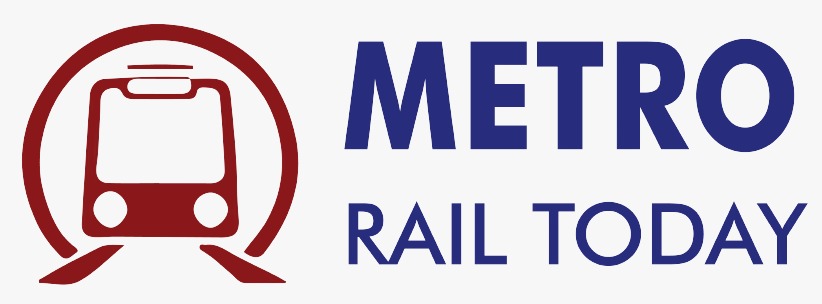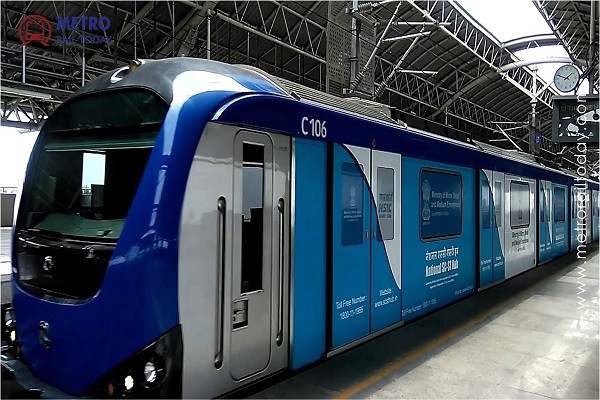 Jakson wins ₹163.7-crore E&M Works Contract for Corridor 4 of Chennai Metro Phase 2 Project
Jakson wins ₹163.7-crore E&M Works Contract for Corridor 4 of Chennai Metro Phase 2 Project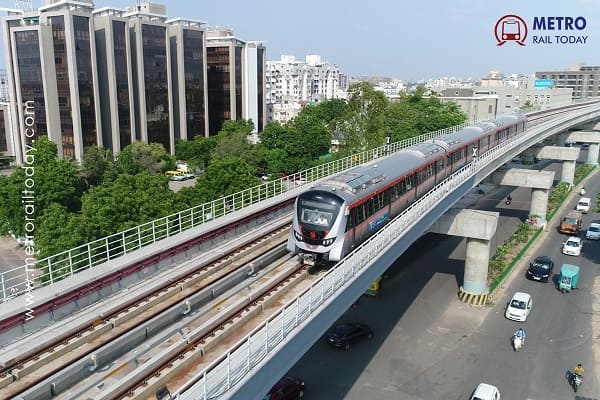 Titagarh Rail Systems roll out First ‘Made in India’ Driverless Train for Ahmedabad Metro Phase 2
Titagarh Rail Systems roll out First ‘Made in India’ Driverless Train for Ahmedabad Metro Phase 2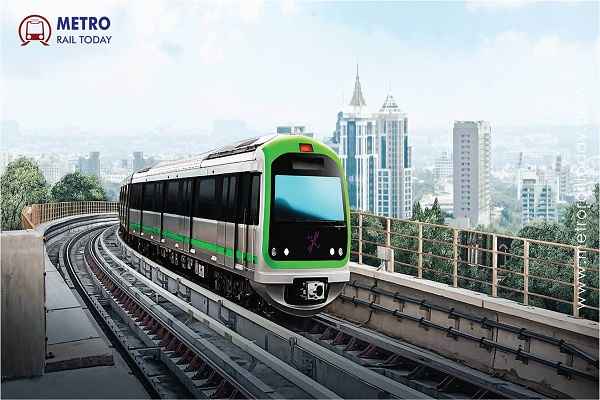 Aarvee Engineering bags DPR Consultancy Contract for 59.6-km Bengaluru–Tumakuru Metro Extension
Aarvee Engineering bags DPR Consultancy Contract for 59.6-km Bengaluru–Tumakuru Metro Extension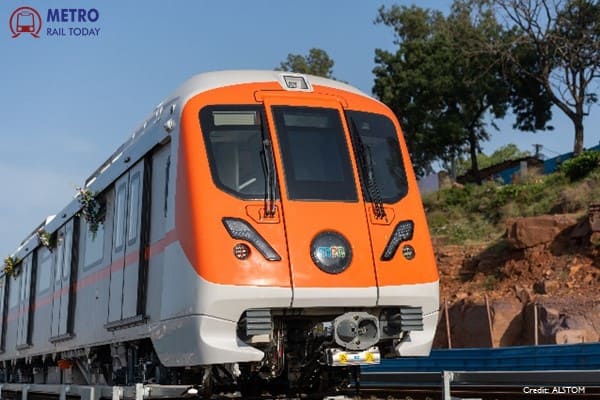 First priority corridor of Bhopal Metro inaugurated, India gets 20th city with modern MRTS network
First priority corridor of Bhopal Metro inaugurated, India gets 20th city with modern MRTS network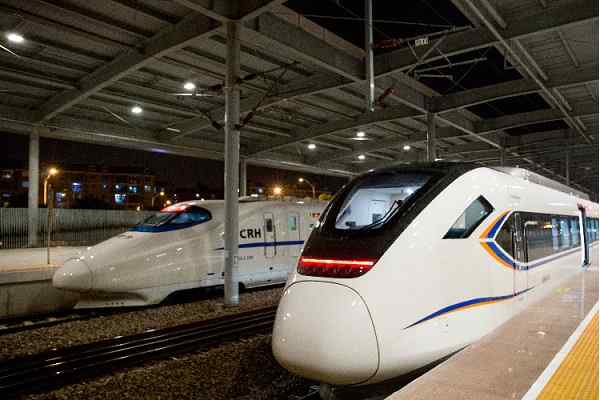 SCC–MIRAL JV bags ₹118.6 crore contract for Multimodal Integration at Bullet Train Stations
SCC–MIRAL JV bags ₹118.6 crore contract for Multimodal Integration at Bullet Train Stations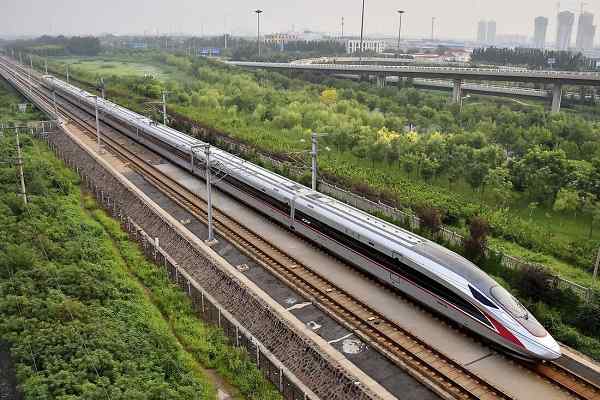 VinSpeed and Siemens Mobility join hands to develop Vietnam’s High-Speed Rail Network
VinSpeed and Siemens Mobility join hands to develop Vietnam’s High-Speed Rail Network Titagarh Rail Systems Bags ₹273.24-Crore Rolling Stock Contract from Indian Railways
Titagarh Rail Systems Bags ₹273.24-Crore Rolling Stock Contract from Indian Railways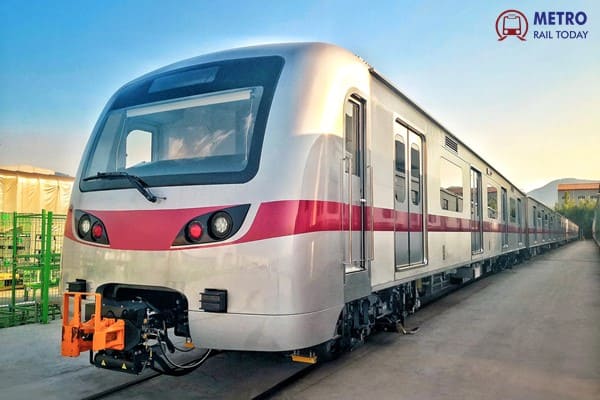 Metro Rail Transit Line (MRT-7): A New Way Forward for the North
Metro Rail Transit Line (MRT-7): A New Way Forward for the North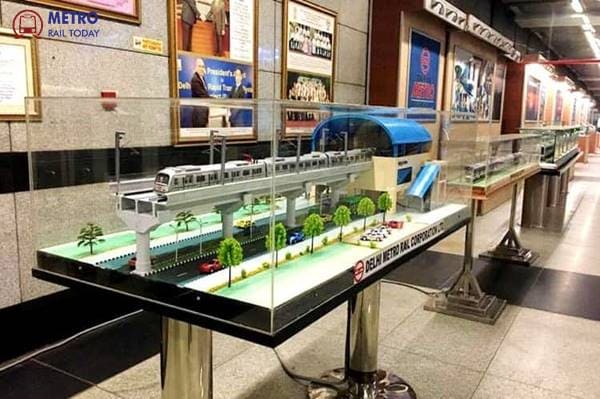 Delhi Metro inaugurates New State-of-the-Art Museum at Supreme Court Metro Station
Delhi Metro inaugurates New State-of-the-Art Museum at Supreme Court Metro Station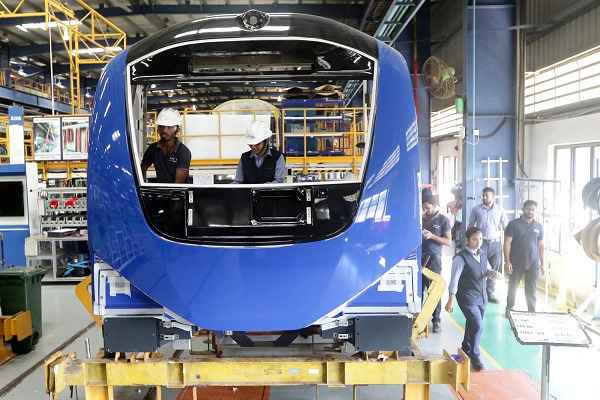 Knorr-Bremse unviels plan to invest ₹1,907 Crore in New Rail Manufacturing Facility in Chennai
Knorr-Bremse unviels plan to invest ₹1,907 Crore in New Rail Manufacturing Facility in Chennai
Chennai Metro achieves Engineering Feat at Vadapalani with 3-Level Metro Viaduct on Corridor 4
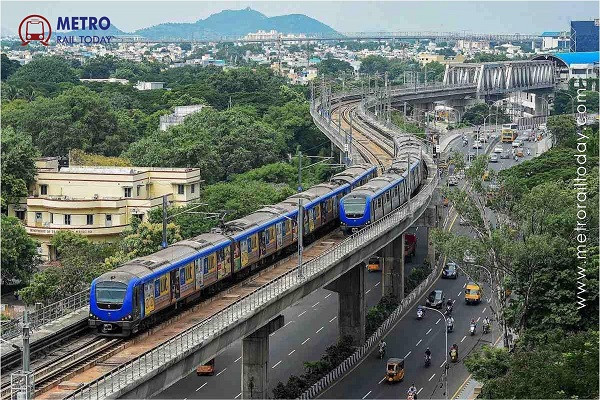
Chennai, India (Metro Rail Today): In a landmark achievement for urban infrastructure, the Chennai Metro Rail Limited (CMRL) has successfully executed one of the most complex engineering works in its Phase-II Corridor-4 development at Vadapalani, overcoming significant space and operational constraints in the city’s busy Arcot Road area.
At the heart of this milestone is the construction of a third-level metro viaduct that passes over an existing flyover and an elevated operational metro line—a rare tri-level configuration in Indian metro engineering.
Why Vadapalani Was a Challenge
The Corridor-4 viaduct intersects the operational Corridor-2 (Phase-I) near Vadapalani Station, a zone already densely populated with infrastructure. This intersection required a 45-meter obligatory span to cross the existing metro alignment—a span too wide for conventional crane erection methods due to:
-
Severe space limitations
-
Ongoing traffic
-
Live operational metro services
To address this, CMRL adopted the Launching Girder methodology, a sophisticated engineering technique allowing safe erection of U-girders without disturbing the underlying metro and road traffic.
The Engineering Marvel: Giant Pier Cap
A custom-designed extended pier cap was constructed to support this critical span. The dimensions are staggering:
-
Length: 23 meters
-
Width: 10.46 meters
-
Depth: 3.5 meters
-
Concrete volume: 470 cubic meters
-
Weight: Approximately 1,200 metric tonnes
Remarkably, this mega-structure was completed in just two months, following successful utility shifting, thanks to meticulous coordination between civil, electrical, and traffic departments.
Mrs. Mamta Shah, MD & CEO of Urban Infra Group, commended the achievement, “This tri-level viaduct construction at Vadapalani is a shining example of what Indian metro engineering can achieve under challenging urban constraints. It reflects world-class planning and precise execution.”
Vadapalani Metro Station: A Three-Level Transit Hub
With the elevated Corridor-4 now positioned above the existing elevated line, the new Vadapalani Station is designed as a three-level structure:
-
Commercial Level – Retail and service areas
-
Concourse Level – Ticketing and commuter movement
-
Platform Level – Passenger boarding at the highest level
This vertical stacking not only saves valuable horizontal space in the densely built Arcot Road corridor, but also enhances passenger flow efficiency and multi-line connectivity at a strategic junction.
Strategic Importance of Corridor 4
Corridor-4, part of the ambitious Chennai Metro Phase-II, connects Light House to Poonamallee, spanning approximately 26 km. It plays a vital role in:
-
Decongesting arterial roads
-
Linking western suburbs with key employment and commercial zones
-
Integrating with Corridors 3 and 5 for seamless interchanges
The Vadapalani tri-level segment is one of the most technically complex areas along the route and now stands as a benchmark for future elevated metro projects in congested urban environments.
The successful execution of the tri-level viaduct and massive pier cap at Vadapalani highlights CMRL’s engineering prowess and ability to innovate under pressure. It not only reinforces Chennai’s status as a leader in metro rail infrastructure but also offers a replicable model for urban transit in high-density zones across India. As Corridor-4 continues to progress, the Vadapalani feat will be remembered as one of its most iconic milestones.
